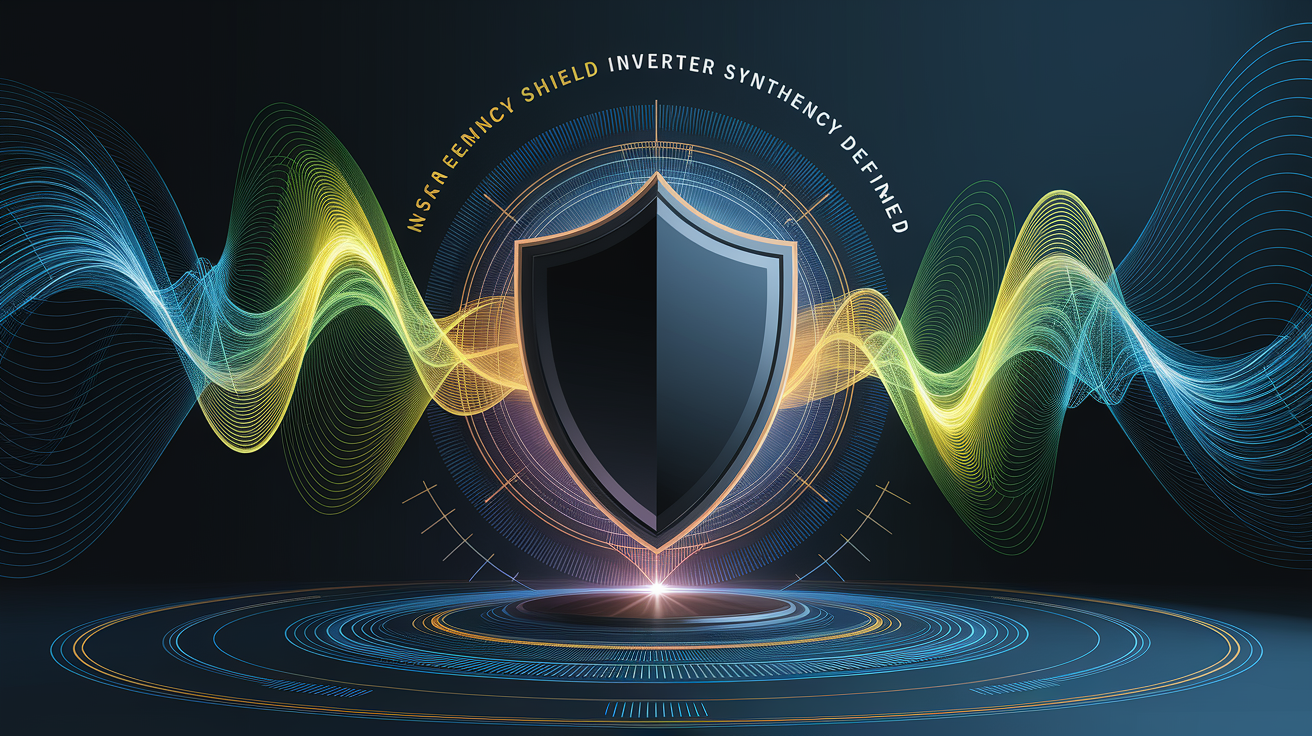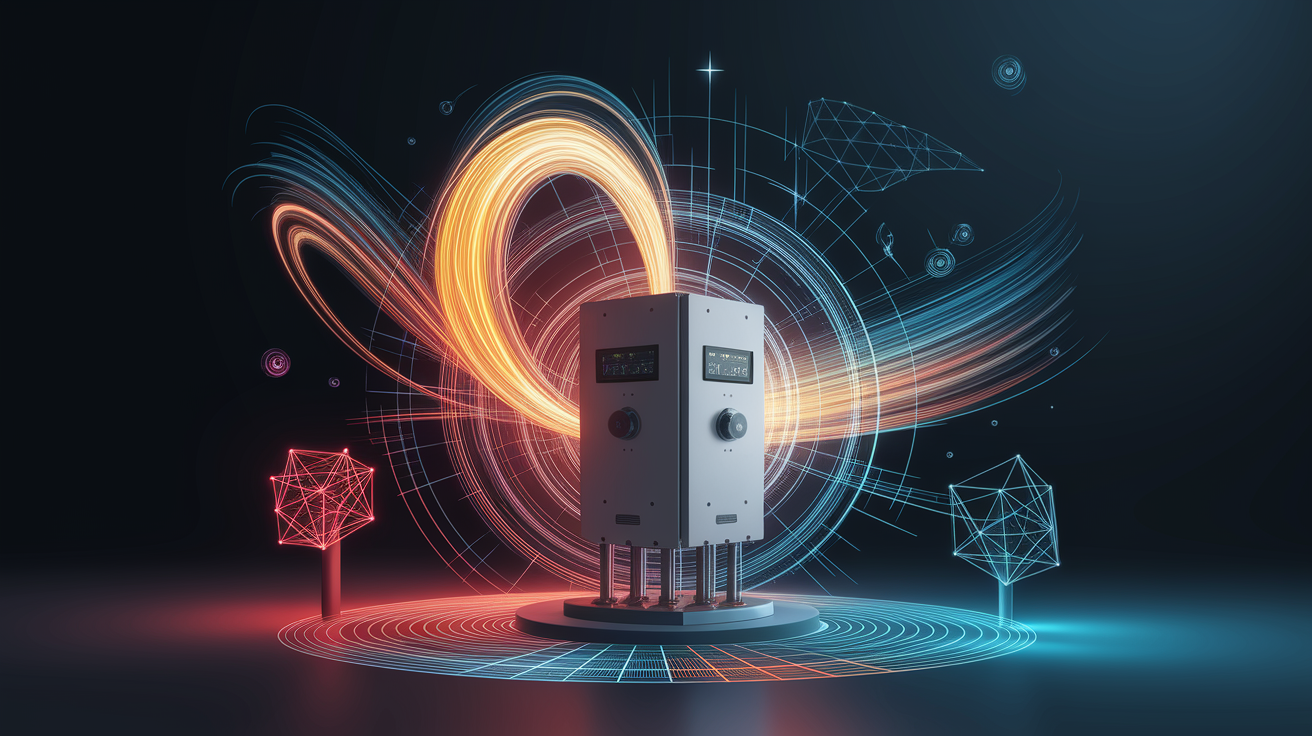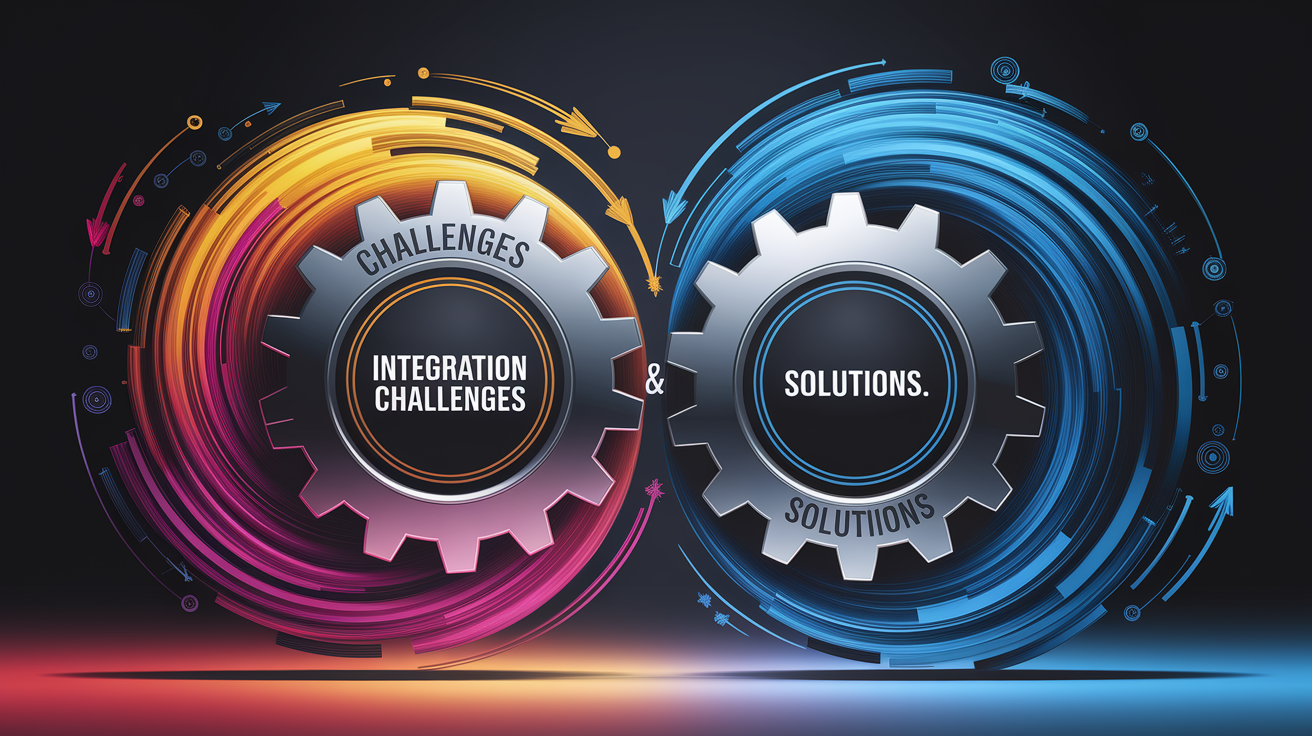Balancing the Future: Inverter Synthetic Inertia for Grid Stability
Instant Frequency Shield: Inverter Synthetic Inertia Defined
As renewable energy integration accelerates worldwide, the decline of traditional synchronous generators is reshaping power system dynamics. Grid stability, once safeguarded by the mechanical inertia of massive spinning machines in fossil fuel and hydro plants, now increasingly depends on power electronics and advanced controls. Synthetic inertia, delivered through modern power inverters, emerges as a critical technology to emulate that inertial response and preserve grid frequency regulation.

Unlike natural inertia, which is a physical property of rotating masses resisting changes in speed, synthetic inertia is a programmed response from grid-tied inverters connected to solar arrays, wind turbines, batteries, or other distributed energy resources. When frequency deviation occurs, these inverters act as virtual synchronous generators—injecting or absorbing power within milliseconds—to slow the rate of change of frequency (RoCoF) and protect system stability.
According to the National Renewable Energy Laboratory, this capability extends the operational resilience of grids with high penetration of renewables, filling a gap left by the retirement of conventional synchronous generation.
The Role of Synthetic Inertia in Frequency Regulation
Frequency regulation is at the core of maintaining power quality and avoiding blackouts. In traditional systems, the inertial response from synchronous generators would automatically buffer sudden imbalances in supply and demand, buying time for slower controls such as primary frequency control and automatic generation control to adjust.

In renewable-heavy grids, however, a lack of mechanical inertia can lead to faster and deeper system frequency nadirs following a disturbance. Synthetic inertia-enabled inverters address this by detecting deviations in real time and rapidly injecting active power, which helps prevent excessive frequency drops and supports transient stability. This inertial response emulation is particularly vital in microgrids, where fewer spinning reserves exist and each disturbance can have a larger relative impact.
As outlined in industry case studies, synthetic inertia provides the crucial bridge between instant disturbance mitigation and slower recovery processes, reinforcing both small signal stability and oscillation damping in modern power systems.
Inverter-Based Provision Mechanisms
Grid-following inverters, which synchronize with existing voltage and frequency waveforms, traditionally cannot provide inertia. The new generation of grid-forming inverters, however, actively create and regulate those waveforms. Acting like virtual synchronous machines, they employ voltage source converters and droop control to modulate output instantly in response to frequency shifts.

With integrated synthetic inertia control strategies, these inverters can deliver power injections proportional to the rate of frequency deviation—a function much like the acceleration or deceleration of a spinning generator. Some designs combine inverter synthetic inertia with energy storage systems, enabling more robust and sustained frequency response capabilities. This hybrid approach supports both immediate inertial action and follow-up power for primary frequency control.
Research from grid stability analysts shows that inverter-based inertia can reach full response within tens of milliseconds, outperforming many mechanical systems in reaction time while still conforming to grid code compliance requirements.
Integration Challenges and Solutions
Despite its promise, synthetic inertia implementation brings technical hurdles. Coordination across multiple inverter-based resources—in both utility-scale renewable plants and distributed prosumer installations—requires advanced control algorithms to prevent instability or unwanted cycling. Variations in unit location, communication latency, and control philosophy can influence performance.

Furthermore, ensuring frequency response aligns with grid code requirements for different power markets can complicate deployment. Some grids now mandate synthetic inertia capabilities for certain renewable energy projects, especially in high-penetration areas.
Solutions range from adaptive control schemes that adjust inverter behavior to match current system conditions, to the use of synchronous condensers as mechanical backups. Research like the Chalmers University studies on discrete inertia control highlights ways to fine-tune inverter contribution for optimal transient performance without compromising long-term stability.
- Advanced inertial response emulation algorithms
- Integration of frequency deviation control within smart grid technology
- Hybrid systems combining inverters and spinning reserves
- Improved grid stability analysis for high renewable penetration zones
Balancing Act: The Path Forward with Inverter Synthetic Inertia
As energy systems transition toward decarbonization, the replacement of synchronous generators with renewable energy resources on a global scale makes synthetic inertia not just a niche technology but a cornerstone of modern grid stability strategy. Power electronics advances, particularly in grid-forming inverters, are enabling a level of frequency regulation once thought impossible without mechanical spinning mass.
Future deployment will likely be shaped by tighter grid code requirements, increased use of energy storage systems to augment instantaneous frequency response, and further refinement of control strategies for large-scale coordinated action. Microgrids and smart grid technology will serve as critical proving grounds, demonstrating how inverter-based synthetic inertia can maintain power quality in decentralized networks just as effectively as in bulk transmission systems.
For battery enthusiasts and solar sector stakeholders, synthetic inertia represents both a technical challenge and an economic opportunity—positioning advanced inverters as valuable providers of ancillary services in tomorrow’s renewable-rich grids.
With ongoing academic research and real-world pilot projects, the industry is steadily moving towards a future where virtual inertia is the norm, ensuring stability without sacrificing the environmental gains of clean energy. The path forward demands both engineering precision and policy foresight to balance agility, reliability, and sustainability in the evolving power landscape.







